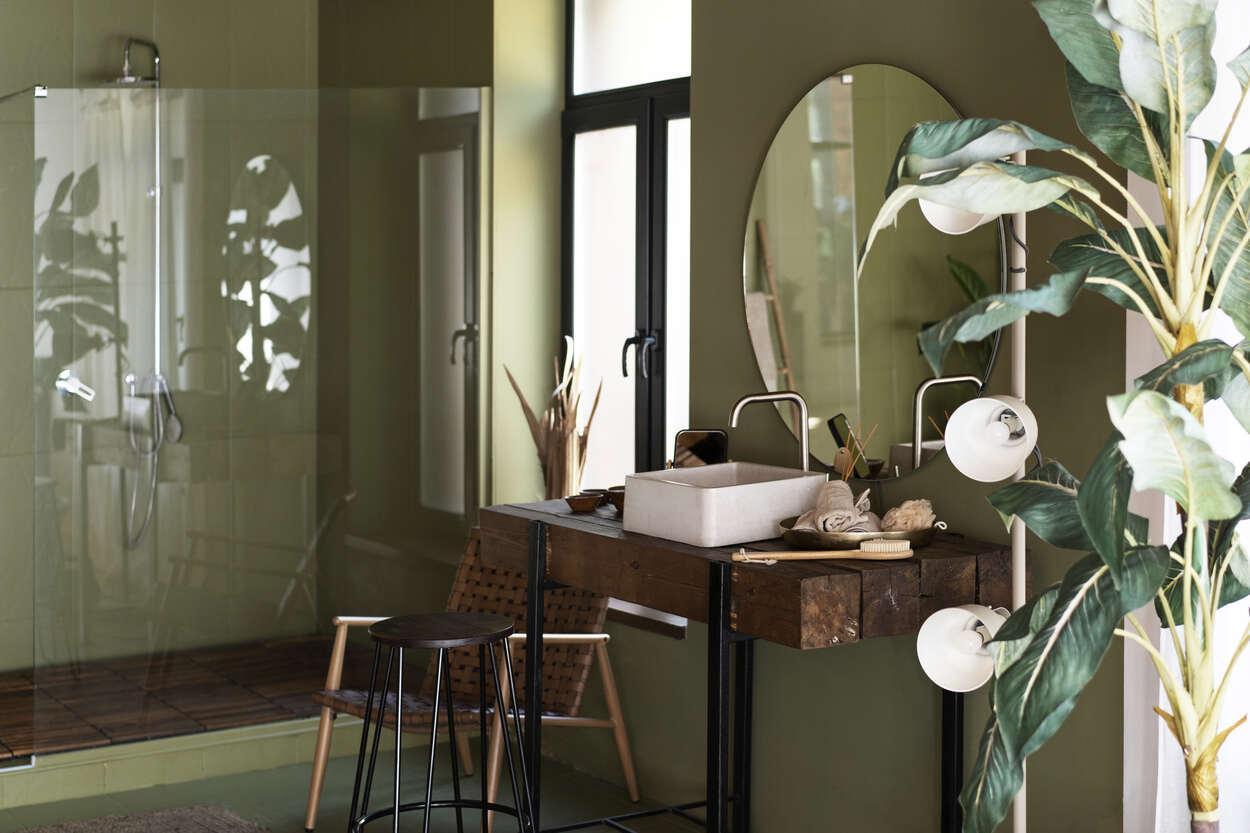Today we’re going to delve deep into the nitty-gritty of showerhead upgrades and why you should consider making this eco-friendly swap. In addition to slashing your water usage, it’s one of the smartest moves you can make for your wallet and our beloved Aussie environment. Over the course of this guide, we’ll be exploring 30 topics touching on everything from low-flow showerheads to dual setting options and the latest in smart technology. So grab a cuppa, get comfortable, and let’s dive right in.
Contents
- 1. Low-Flow Showerheads Introduction
- 2. Benefits of Conservation
- 3. Aerating Showerheads Explained
- 4. Non-Aerating Showerheads Defined
- 5. Dual Setting Showerheads
- 6. Smart Showerhead Technologies
- 7. Energy Star Showerheads
- 8. Automating Your Shower
- 9. Water-Saving Handheld Varieties
- 10. Rain Showerhead Options
- 11. High-Efficiency Pulse Showers
- 12. Selecting Showerhead Materials
- 13. Installing a Shower Timer
- 14. Review Water Pressure
- 15. Adjusting Water Heater Settings
- 16. Shower Flow Rate Calculations
- 17. Reduce Wasted Shower Water
- 18. Installing New Showerheads
- 19. DIY Showerhead Swaps
- 20. Showerhead Maintenance Tips
- 21. Detecting Showerhead Leaks
- 22. Conserving Hot Water
- 23. Motion Sensor Showers
- 24. Outdoor Eco-Friendly Showers
- 25. Water Filtering Showerheads
- 26. Wellness Benefits of Eco-showers
- 27. Checking Showerhead Compliance
- 28. Brands for Water Savings
- 29. Incentives for Eco-upgrades
- 30. Eco-Friendly Plumbing Future
- To Sum It Up
1. Low-Flow Showerheads Introduction
Low-flow showerheads are directly related to sustainable development advances in building engineering and environmental technology; they primarily focus on efficient energy use. They’re designed specifically with water conservation in mind – unlike traditional fixtures, they utilise clever technology to significantly reduce water flow without sacrificing your shower experience or comfort. Besides, they do a remarkable job at supporting our natural environment by conserving one of earth’s finite resources: water!
2. Benefits of Conservation
Water conservation intersects with numerous topics: from civil engineering to hydrology and the economy of our environment. Simply by switching to low-flow fixtures like water-saving showerheads, you can help maintain Australia’s waterways’ health, tackle climate change, and promote environmental science principles. Not to mention, such adjustments translate into reduced utility bills and sustainable energy practices that are beneficial for us all!
3. Aerating Showerheads Explained
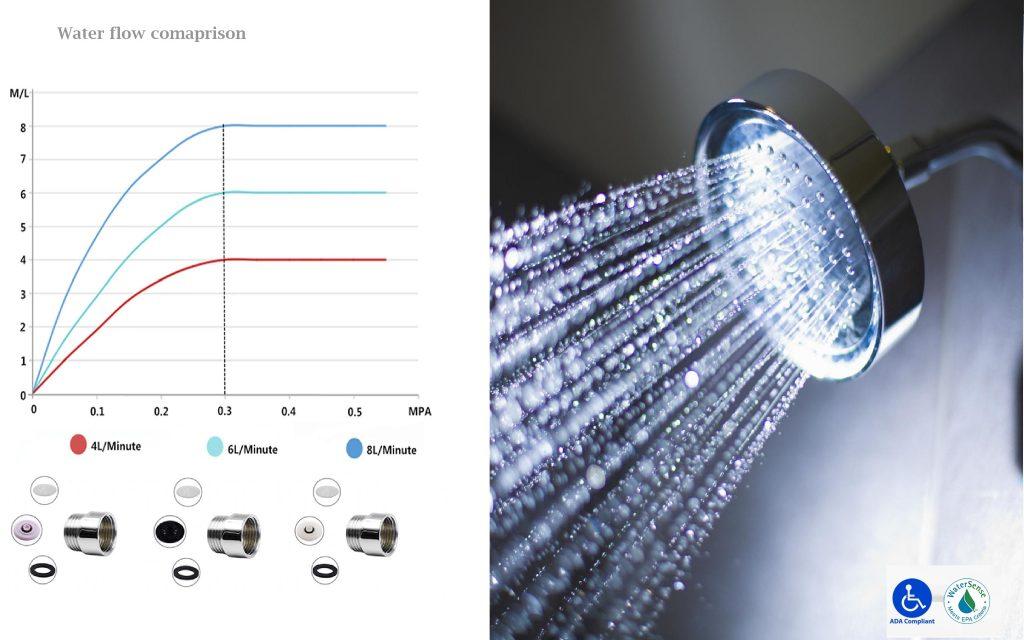
Aerating showerheads put a spin on conventional water heating methodologies. They mix air with water to provide a satisfying spray while keeping your water usage down. Despite this innovative design, they still offer robust performance comparable with more traditional showerheads. Consider these fixtures if you’re serious about combining energy conservation with an unforgettable shower experience.
4. Non-Aerating Showerheads Defined
Non-aerating showerheads are quite popular as they allow for a hotter and more robust flow of water without incorporating air into the stream. Perfect for colder environments or those who prefer heat and stronger water pressure in their showers. These fixtures use liquid dielectrics – insulating materials that don’t conduct electricity – keeping water streams separate from any aerated streams, creating an increasingly efficient energy utilisation.
5. Dual Setting Showerheads
Dual-setting showerheads give you the flexibility and control over your shower experience. Featuring two settings, one for low-flow conserving water option and another for a more powerful stream, it combines the best of both worlds in water conservation and luxurious comfort in the shower.
6. Smart Showerhead Technologies
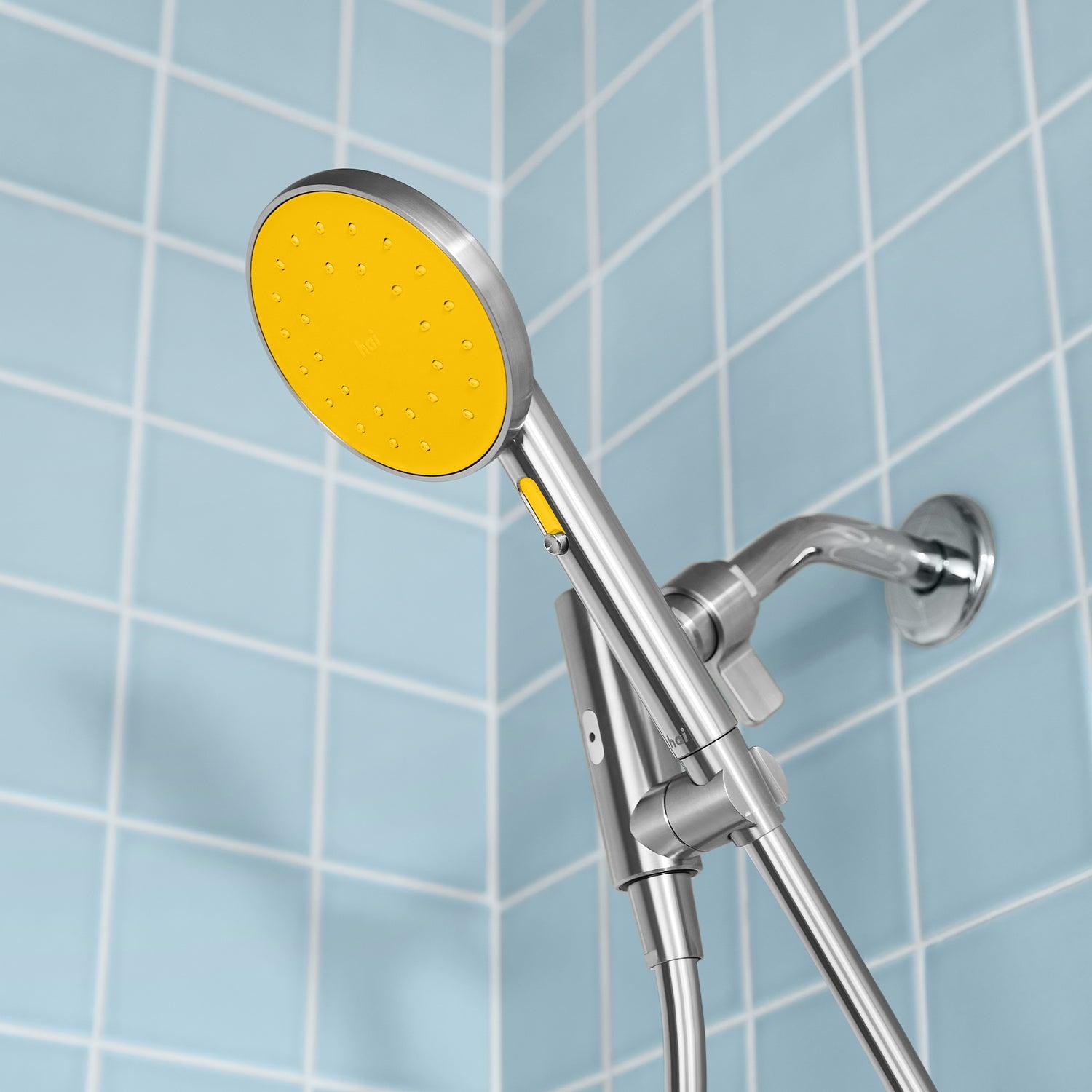
Here’s where plumbing technology gets super exciting! Smart showerheads incorporate technology to help you track your water usage patterns, automate settings, or heat water to your desired temperature right off the bat. They effectively merge environmental social sciences with building technology, leading to heightened sustainability outcomes—quite a leap forward in sustainable technologies!
7. Energy Star Showerheads
Energy Star certified showerheads promise superior efficiency and robust performance without wasting excess water or energy—a triple threat offering sustainable practices, economic savings, and optimal comfort. It’s a solution entirely aligned with environmental engineering and the conscientious steps we must take towards substantive sustainability.
8. Automating Your Shower
No longer just for the ultra-modern or tech-savvy households anymore, automated showers can seriously bolster your eco game! From pre-set shower temperatures to controlled water pressure levels and data tracking capabilities for serious water savings—offering a seamless intersection of technology, home appliances, heating ventilation, and air conditioning.
9. Water-Saving Handheld Varieties
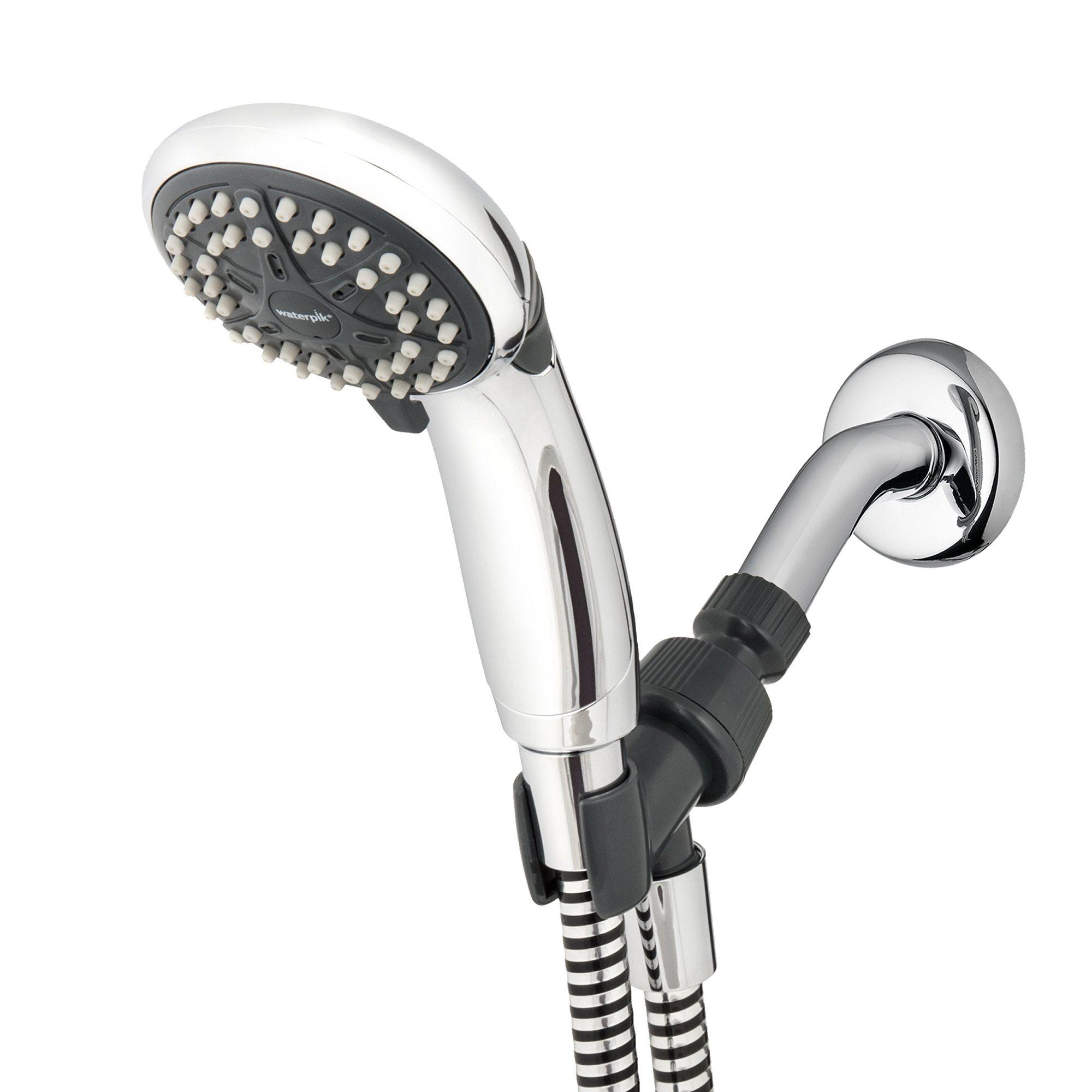
Handheld showerheads offer all the utility benefits of their mounted counterparts but also come with their unique features. For instance, they excel regarding convenience and cater to any specific need, allowing for better water control and savings in the long run. Plus, many models come with eco-friendly settings to further promote water conservation.
10. Rain Showerhead Options
The last showerhead type we’ll discuss today brings luxury to your daily routine while still focusing on water savings: the rain showerhead option! These heads provide an immersive experience like standing in a natural downpour. Wind it back with low-flow technologies incorporated; you can enjoy a luxurious shower without worrying about draining our precious water reserves.
11. High-Efficiency Pulse Showers
As part of our eco-friendly plumbing solutions here at Dan’s Plumbing, we’d like to introduce you to high-efficiency pulse showers. Using advanced environmental technology, these showerheads create a pulsating effect that heightens the sense of water pressure while using less water. These fixtures align with the principles of sustainable development, essential to combating climate change and protecting our environment.
12. Selecting Showerhead Materials

An important aspect of reducing your environmental footprint is the construction and materials of your showerhead. Consider sustainable technologies like showerheads made from easily recyclable or biodegradable materials. This not only saves water but contributes to sustainable energy and efficient energy use while helping address the environmental social science aspect of water conservation.
13. Installing a Shower Timer
This might sound a bit silly, but it’s an incredibly effective solution for saving water! A shower timer acts as a friendly reminder to speed up, preventing excess water waste in the process. The choice of timing depends on personal preference but aim for less than ten minutes, as every minute shaved off your shower time leads to substantial water conservation.
14. Review Water Pressure
High water pressure not only wastes water but also puts excess strain on your home appliances and plumbing system- an aspect we often overlook in building engineering. Using a pressure gauge can help monitor and adjust the water pressure, promoting efficient energy use and prolonging the lifespan of your plumbing system.
15. Adjusting Water Heater Settings

Your water heating settings can play a major role in water conservation. If you’re ripping off your hand each time you touch the tap (valve), it’s an indication that your water heater settings may be too high. By adjusting the temperature settings, you can save on both water and energy!
16. Shower Flow Rate Calculations
Calculating the flow rate of your shower is a critical step in assessing water usage. You can do this by timing how long it takes to fill a 10-litre bucket. If it fills in less than a minute, your showerhead might not be as efficient as you think. Swapping to a low-flow fixture could significantly reduce your water use, making it an environment-friendly choice.
17. Reduce Wasted Shower Water
In line with sustainable technologies, consider ways to reduce wasted shower water such as capturing grey water for reuse or consider micro-irrigation techniques for watering plants. Using efficient energy use strategies helps to reduce our impact on the natural environment.
18. Installing New Showerheads
This project often intimidates homeowners because of its technical nature, but it’s actually straightforward. Make sure however that the new showerhead meets Australia’s standards set for water efficiency. Additionally, engage experts from Dan’s Plumbing if you’re unsure of any aspect to avoid damaging your home appliances or heating, ventilation, and air conditioning (HVAC) systems.
19. DIY Showerhead Swaps
If you’re handy around the house, switching to a low-flow showerhead could be a DIY endeavor. Just remember – if embarking on any DIY plumbing work, it’s critical to understand certain building engineering principles and be aware of potential pitfalls that might harm your nature-friendly goal.
20. Showerhead Maintenance Tips
Your investment in an eco-friendly showerhead goes hand-in-hand with consistent maintenance. Regular cleaning should be carried out to prevent mineral deposits which can affect the flow rate and performance. With that said, remember dear mate, every small step towards water conservation counts! Thus, be consistent with your efforts and cherish every drop.
21. Detecting Showerhead Leaks
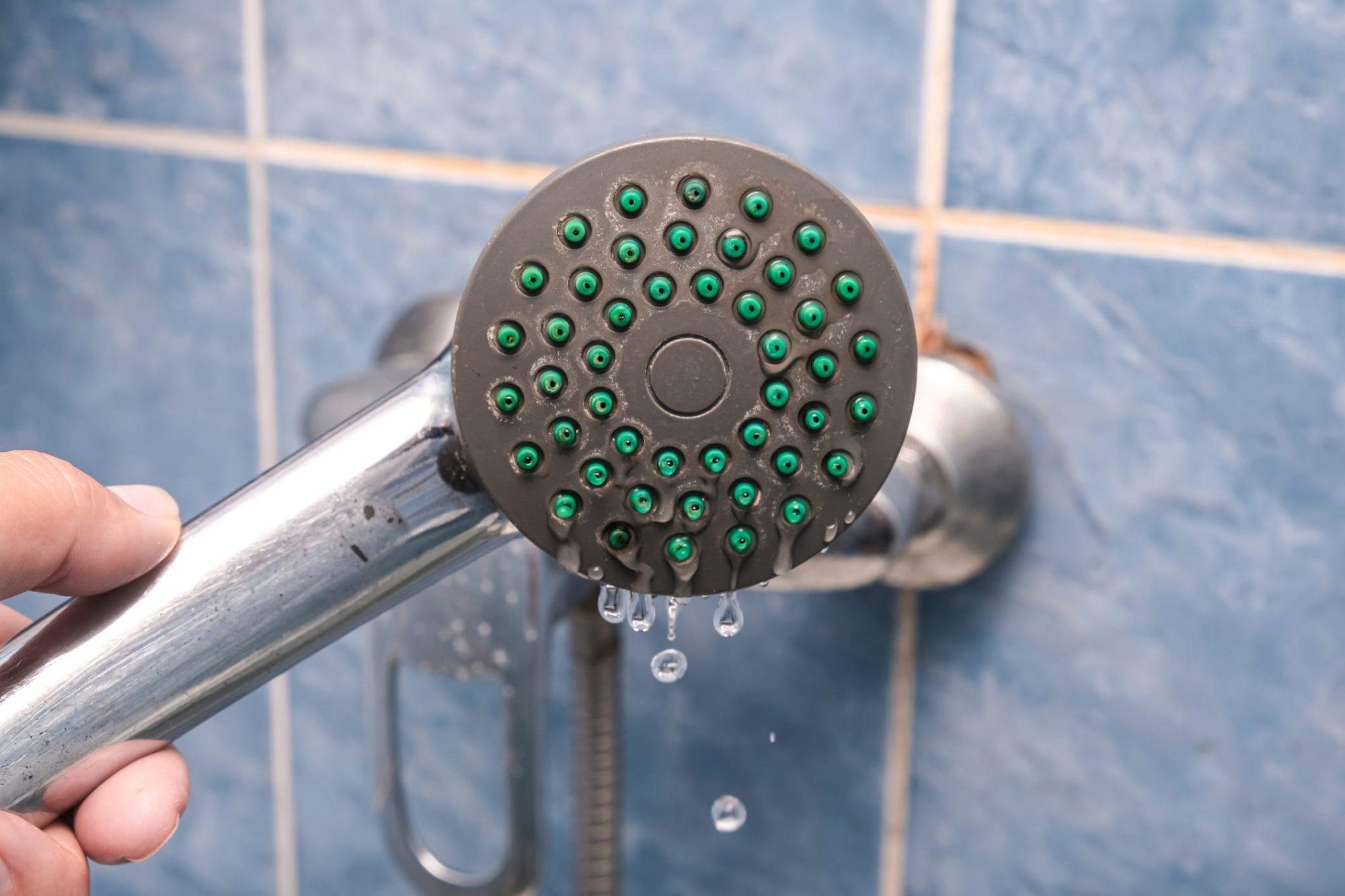
If your water bills are mysteriously high or if you hear water running when your shower isn’t on, you might have a showerhead leak. To check this, try running your finger along the seam of your showerhead and feel for any inconsistent flow of water when it’s turned on. Alternatively, you could also tape a dry paper towel around the showerhead – if it gets wet while the shower isn’t running, you have a leak.
22. Conserving Hot Water
Heating water uses a significant amount of energy. Conserve hot water by shortening your showers and using cold water for tasks like washing clothes where possible. Another good trick is to insulate your hot-water storage tank and pipes to keep your water hot for longer without expending additional energy.
23. Motion Sensor Showers
Motion sensor showers are an excellent way to save water. They only dispense water when they detect motion, effectively preventing any accidental (or unnecessary) usage. This advanced technology can help cut back on your overall water usage significantly, doing wonders for both the environment and your wallet.
24. Outdoor Eco-Friendly Showers
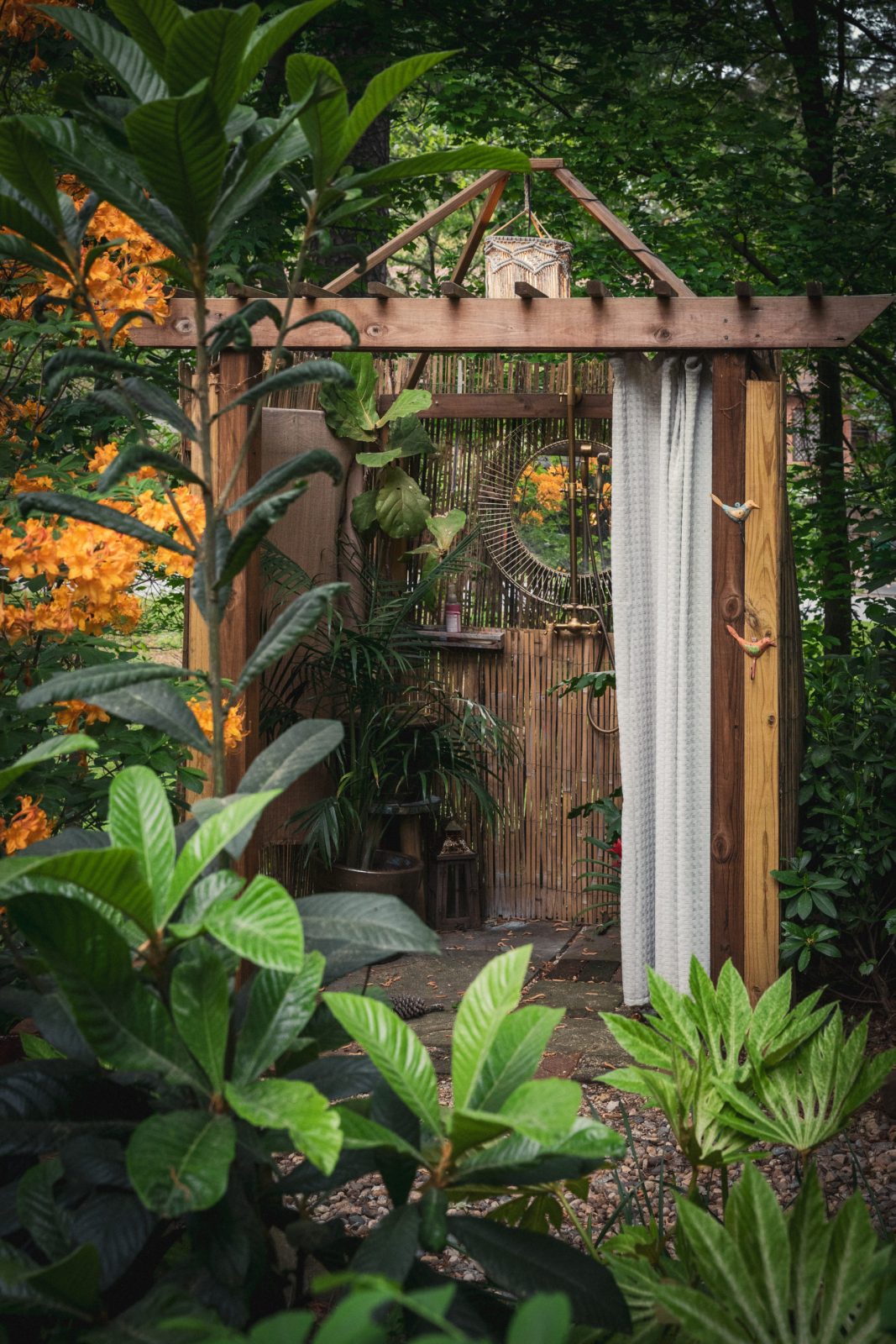
You may think outdoor showers are a luxury but think again! Not only do they provide an invigorating connection with nature, but they also have eco-friendly benefits. Consider using rainwater collection systems or installing a solar-powered heater to reduce environmental impact and promote sustainability.
25. Water Filtering Showerheads
Ever considered what’s in your tap water? With a filtering showerhead, you don’t have to worry about impurities causing damage to your skin or hair as it filters out most harsh chemicals in tap water while maintaining strong water flow. Plus, it conserves water more effectively than traditional models!
26. Wellness Benefits of Eco-showers
Eco showers don’t just save water – they also have the potential to boost wellness. Reduced water usage means less moisture in the air which in turn lowers the chance of mould growth in your bathroom. Plus, water-saving showerheads often generate a more consistent and gentle water flow, providing a relaxing shower experience while efficiently conserving water.
27. Checking Showerhead Compliance
Reaping the full benefits of eco-friendly plumbing necessitates compliance with certain regulations and standards. In Australia, for instance, look for showerheads marked with the Water Efficiency Labelling and Standards (WELS) rating of at least 3 stars – this indicates they are designed to minimise water wastage effectively.
28. Brands for Water Savings
In today’s eco-conscious world, many brands offer innovative, water-saving solutions. Look out for brands like Methven, Caroma, and Delta Tap – these leading manufacturers design their products with both style and sustainability in mind!
29. Incentives for Eco-upgrades
Did you know upgrading to eco-friendly fixtures can also lead to financial incentives? Many government schemes reward households for making sustainable choices, including rebates for installing high-efficiency showerheads or other eco-friendly plumbing upgrades.
30. Eco-Friendly Plumbing Future
The future of eco-friendly plumbing looks bright with emerging technologies promoting smarter usage of water resources. As we continue to realise our role in protecting the Earth’s worthwhile resources, especially water, adopting these eco upgrades paves way towards a sustainable future.
To Sum It Up
To conclude, upgrading your showerhead is a significant step towards an eco-friendly and economical home. Not only does it contribute to saving water, but it can improve your health, wellness, and financial status, too. As such, making the eco-upgrade today could be one of the best decisions you make for the future.
Related posts:
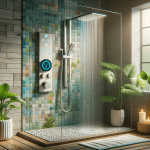 Eco-Friendly Upgrades: Reasons to Consider Water-Saving Showerheads
Eco-Friendly Upgrades: Reasons to Consider Water-Saving Showerheads
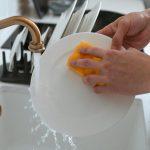 Eco-Friendly Kitchen Plumbing: Simple Tips to Save Water
Eco-Friendly Kitchen Plumbing: Simple Tips to Save Water
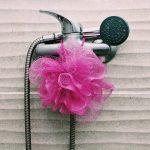 Leaking Showerhead Driving You Nuts? Dan’s Plumbing Can Help
Leaking Showerhead Driving You Nuts? Dan’s Plumbing Can Help
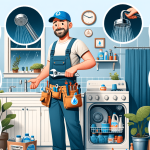 Every Drop Counts: Dan’s Plumbing Tips to Conserve Water at Home
Every Drop Counts: Dan’s Plumbing Tips to Conserve Water at Home
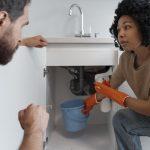 Hidden Leaks? Dan’s Plumbing Can Help Identify Water Waste Quickly
Hidden Leaks? Dan’s Plumbing Can Help Identify Water Waste Quickly
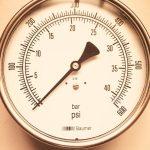 Water Pressure Troubles? How Dan’s Plumbing Can Help Get Your Pressure Back on Track
Water Pressure Troubles? How Dan’s Plumbing Can Help Get Your Pressure Back on Track

